Unsung Hero Turns Dry Land Into Mini Forest, Helps Save 1.2 Million Litres of Water/Year
From growing a mini forest of over 3000 trees to building a rainwater harvesting pit that can store 1.2 million litres of water, Puducherry's Sasikanta Dash has set a stunning example of civic action.
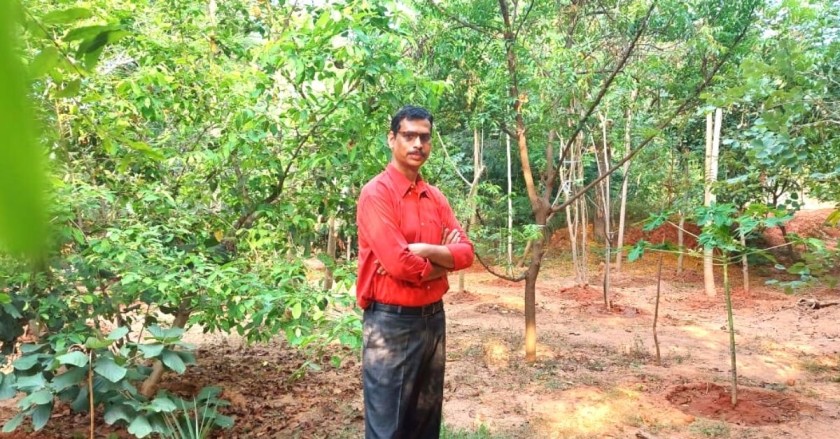
When Sasikanta Dash was appointed as the principal of Puducherry’s Tagore Government Arts and Science College in 2017, he was surprised to see a vast area of the campus lying unattended. In the expansive land of eight acres with only a handful of really old trees, Dash saw an opportunity to build a mini-forest.
He spent the next four years planting varieties of saplings and replanting 2 to 3-year-old trees. He roped in students and college staff in the effort and ensured that the survival rate of the forest did not drop below 99%.
And it didn’t.
Today, the barren land is covered in green with a total of 3,000 trees comprising fruit-bearing, creepers, vegetables and native flowering plants.

On a Wednesday rainy morning, as the myna chirps in my balcony, Dash pans his camera and takes me through the forest while he talks about what motivated him to undertake this effort, the process of converting a dry land into a forest, and how he saved lakhs of litres of rainwater every year to aid forest growth.
‘My grandparents are my inspiration’
Dash was born and raised in Odisha’s Gajapati district in the lap of nature. His grandparents were gardening enthusiasts. He says that planting saplings in the backyard and watching them grow remains his most cherished memory. He completed his studies in Bhubaneshwar and took up a teaching job in 2001 in Arunachal Pradesh’s Bomdila region.
There he saw locals rampantly burning wood without replenishing it. So with help of a few college students, Dash carried out plantation drives, something that he would go on to implement in every college he was posted in.
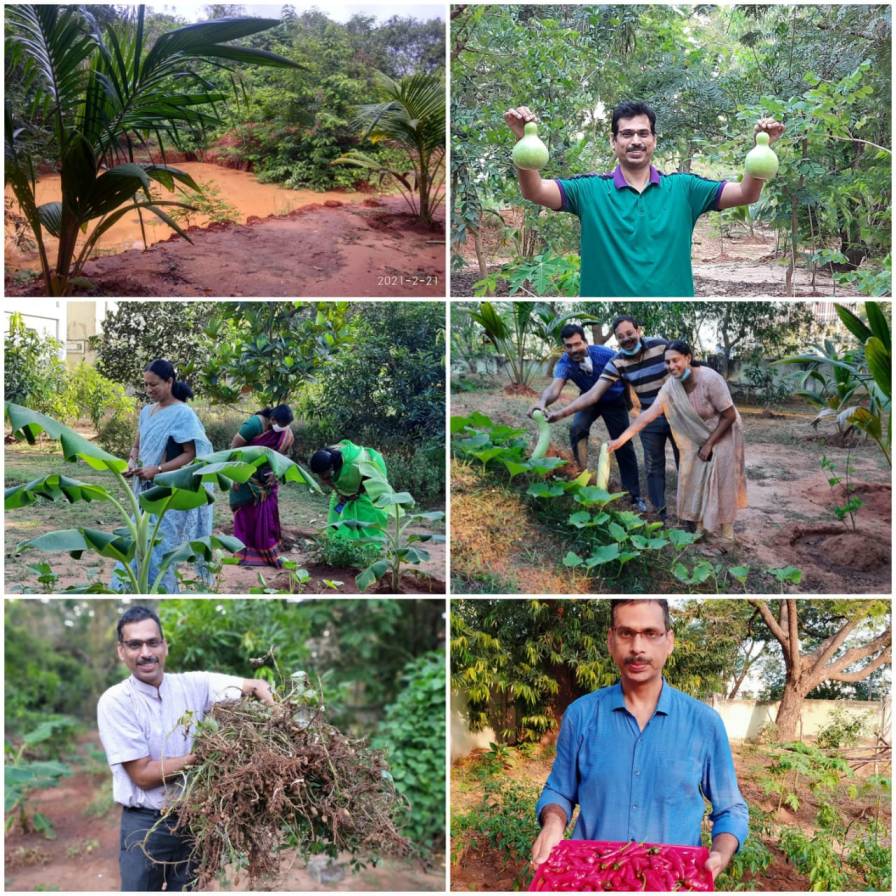
“As a history professor, I have taught in a couple of colleges, from Dehradun to Karaikal. Tree plantation drives with students are easy to carry out and are also an effective bonding exercise. I believe every campus must have its share of greenery to provide a pleasant environment to the students. When I was transferred here, this place was gloomy. I wanted to change the atmosphere and also assure students that I was approachable. Planting trees ticked both the boxes,” Dash tells The Better India.

Dash first built benches around existing trees to encourage people to sit amidst the “woods”. He then planted 200 plants of basil, followed by neem. The idea was to showcase the success of plantation drive as basil is the easiest to maintain and has air-purifying benefits. Meanwhile dry or fallen leaves of neem make for excellent manure.
In addition to this, Dash also focussed on creating a huge rainwater harvesting pit. The college sits on a higher belt, which means rainwater runs off easily. He dug a 60×45 ft pit with a depth of 10 ft. It has a capacity to store 1.2 million litres of water.
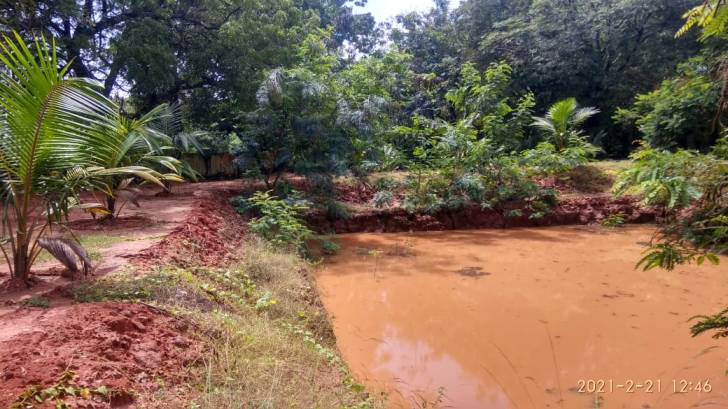
“Every drop of rainwater is captured in the pit and percolates underground to recharge the water tables. It keeps the ground cool and moist, which is conducive to plant growth,” says Dash.
Maintaining 3,000 trees

Because this was a dry and barren land, Dash efficiently nurtured the plants from the beginning. In the last four years, not more than seven plants have died. Before planting every tree, Dash made sure he covered the land with manure made from dried neem leaves which ensure a constant supply of nutrients. He adds manure to the plants once a month.
Close to 50 plants such as jackfruit, guava, papaya and coconut were purchased when they were more than two years old, “I was not sure if the saplings would survive on dry land so I got plants that were sturdy enough to test. Seeing the survival rate, we planted saplings of mango, sapota, lemon, banana, palm, burflower, jamun, and more. We also have vegetables such as cabbage, bottle gourds, drumsticks and tomatoes. Flowering plants such as jasmine, champa, periwinkle, morning glory have been planted for aesthetics,” says Dash.
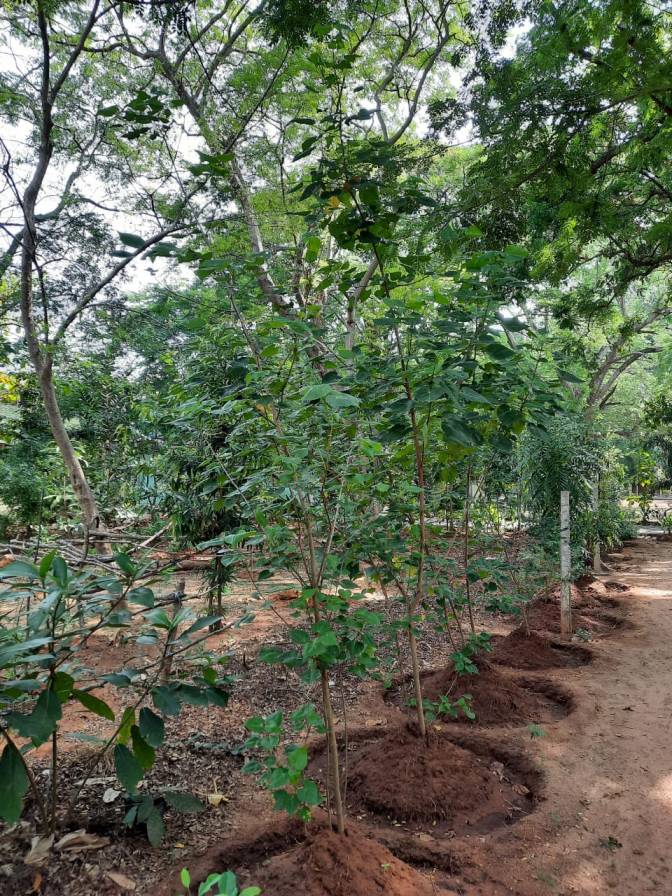
One of the most striking features of this miniature forest are the companion trees, which aid each others’ growth.
“Roots of old trees tend to dry in summers so I planted creepers like money plants around them to keep the ground moisturised. Creepers absorb and retain water. Meanwhile, giant trees protect the creepers from the harsh sun and wind by providing shade,” adds Dash.
A section of the forest has been demarcated and reserved for birds. The college cultivates chilli for parrots and bajra for the rest of the birds. Due to this, the bird population has increased and one can spot sparrows, white owls, kingfishers, cuckoos and woodpeckers in the area.
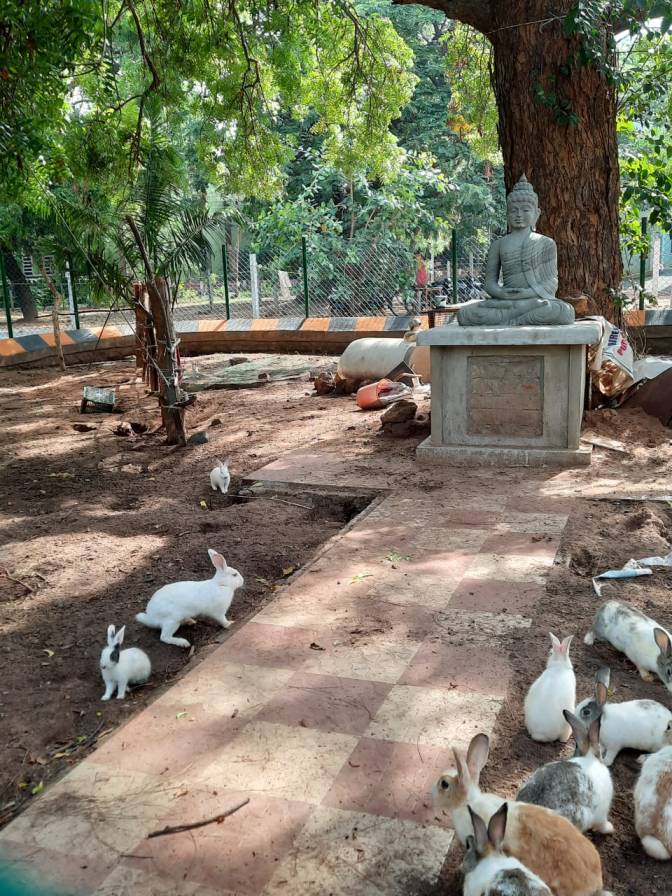
To further promote the cause of plantations, every celebration and festival is marked with a sapling drive with students. The college staff has swapped materialistic gifting for snake plants.
While the college has been shut since March 2020 due to the pandemic, Dash religiously spends an hour in the forest to water the plants every day. “These plants are like my own children and I love watching them bloom, just like I did in my childhood,” he says.
Edited by Divya Sethu
If you found our stories insightful, informative, or even just enjoyable, we invite you to consider making a voluntary payment to support the work we do at The Better India. Your contribution helps us continue producing quality content that educates, inspires, and drives positive change.
Choose one of the payment options below for your contribution-
By paying for the stories you value, you directly contribute to sustaining our efforts focused on making a difference in the world. Together, let’s ensure that impactful stories continue to be told and shared, enriching lives and communities alike.
Thank you for your support. Here are some frequently asked questions you might find helpful to know why you are contributing?


This story made me
-
97
-
121
-
89
-
167











